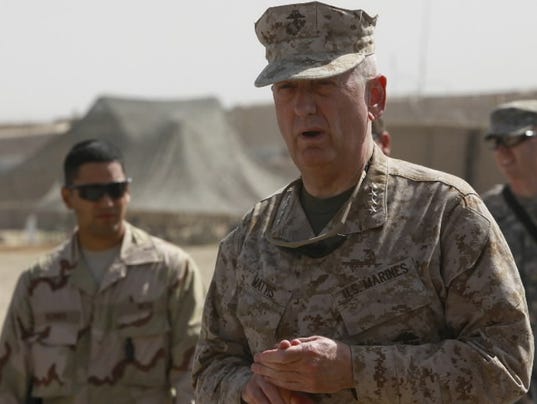- Be a polymath - he had a love of history, leadership and the art of war. We live in a multidisciplinary world with multidisciplinary problems in search of multidisciplinary solutions.
- Humble beginnings produce humble leaders. Don't forget where you came from.
- He was a man of many hats during his military career. Seek out new opportunities and experiences in your career. You can never have too many hat experiences in our career.
- Develop "Brain Books" - - reference material to get new people and employees up to speed quickly.
- Right people in/Wrong people out - - Good to Great Approach to management and leadership
- Understand history and historical context of decision making - - gives you mental models that you can apply imaginatively. History helps with practicing informed boldness.
- Small staff size. Reduces bureaucratic tenancies and speeds up decision making. Remember that small staff size hurts lateral communications.
- Create fraternities of shared risk and common vision. Creating harmony and trust are key leadership functions.
- Think conduits of speed when it comes to communication and decision making.
- Visualize success across the entire organization - - they have to see and understand the success story. If you need to order 6,000 Legos to visualize a battlefield - - order 6,000 Legos (great story in the book about this!!!).
- Achieve speed through logistics. Speed and risk are interrelated. Speed is a cultural attribute and it can be developed.
- Relationships with employees should be modeled in terms of teacher/scholar versus superior/inferior or master/servant.
- Leaders coach and not command.
- Delegate responsibility - - to the lowest possible levels.
- Mattis thinks in terms of two types of general officers - - ones that are briefed by their staff and ones that brief their staff on events.
- Organizational messaging means everyone needs to understand organizational intent.
- Command and feedback versus command and control for effective leadership.
- Read - - get your staff and employees to read. Reading widely allows you to learn through others' experiences.
- War and business is a human endeavor - - understand the human terrain.
Monday, January 16, 2017
The Leadership Secrets of General Mattis
My compilation from The Mattis Way of War: An Examination of Operational Art in Task Force 58 and 1st Marine Division:
Labels:
Management
Subscribe to:
Post Comments (Atom)

No comments:
Post a Comment
Note: Only a member of this blog may post a comment.